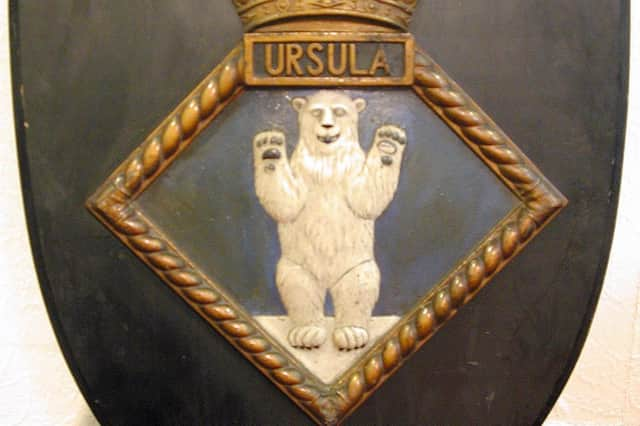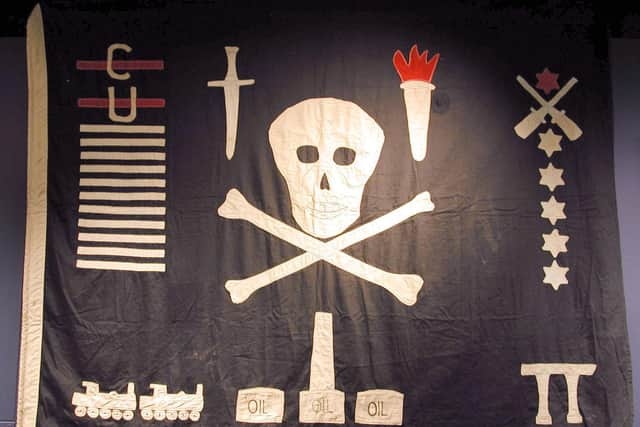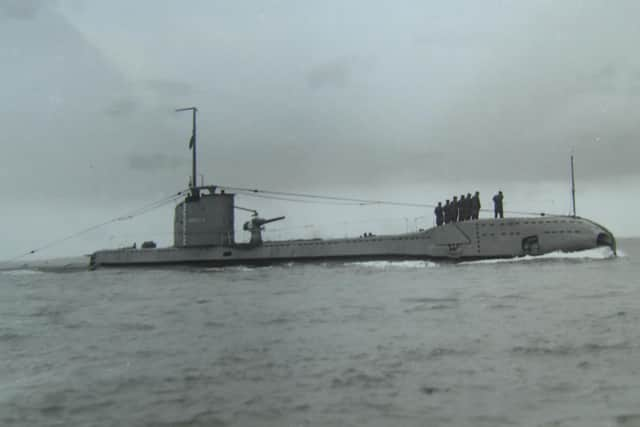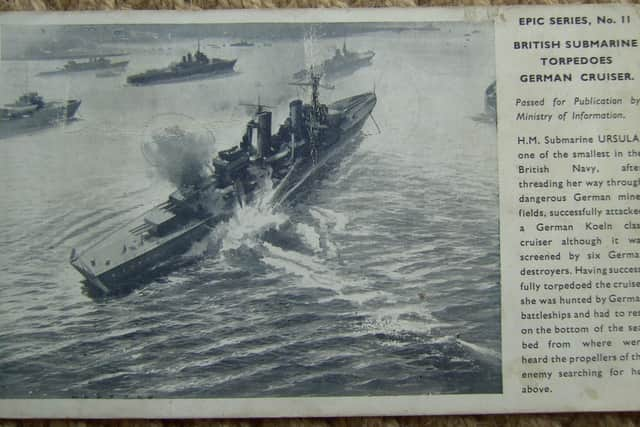Chorley's wartime fundraising efforts for the navy 80 years ago was staggering even by 2022 standards


There was the Spitfire Fund of 1940 and the War Weapons Week of 1941, but the generosity of the people of Chorley and district knew no bounds.
The spirit of donating time, effort, possessions and money to assist the allied war industry remained with the people of Chorley and district throughout the Second World War.
Advertisement
Hide AdAdvertisement
Hide AdIn 1942, although the Spitfire Fund and War Weapons Week fundraisers were over, the war was still being waged and so the people continued to give when the next savings campaign was launched.


Warship Week ran across Chorley and the borough from January 31 1942 to February 7 1942 and was launched by Admiral Sir Percy Noble K.C.B., C.V.O. and the Commander of H.M.S/m Ursula, Lieutenant A. R. Hezlet, D.S.C.
The campaign was hoped to be launched by Admiral of the Fleet Lord Chatfield, however he became otherwise engaged.
The target figure for Warship Week was an immense £175,000 and the town's ambition was to raise enough to sponsor the Royal Navy vessel, submarine HMS Ursula.
Advertisement
Hide AdAdvertisement
Hide AdThe opening of the effort proved to be just as grand as the total hoped to be donated.


Proceedings began on the Cattle Market with an Admirals Guard of Honour of the Royal Navy, and detachments of the Royal Air Force, Women’s Auxiliary Air Force, Preston Sea Cadet Corps, and the Air Training Corps.
There then followed a parade accompanied by the band of the Loyal (North Lancashire) Regiment.
Later in the week an exhibition was held in Shepherd’s Hall, Chapel Street.


Advertisement
Hide AdAdvertisement
Hide AdOn view were Navy photographs, posters, models of war machines and numerous types of munitions, from bullets to a depth charge.
Fundraisers also began the sale of HMS Ursula postcards to encourage donations, in a similar manner to charities of today selling lapel badges.
To offer encouragement, and to show just how important and appreciated their efforts were to the war, the First Lord of the Admiralty, A. V. Alexander, sent the following telegram to the Mayor of Chorley:
“I send you my best wishes for the success of your Warship Week, for to the Admiralty, the money you raise means ships, guns, torpedoes, mines and aircraft, and we cannot have too many of these.
Advertisement
Hide AdAdvertisement
Hide Ad"The enemy threatens our command of the seas from a coast stretching from Narvik to the Pyrenees at the same time as a considerable part of our fleet has to remain in the Mediterranean to keep the Italian Navy in subjection and support our other forces.
"We are all proud of the great work of the officers and men of the Royal Navy, who have fought off the menace of the enemy; they deserve and must have as much of the finest equipment as we can give them.
"That is why I want every ship and every weapon I can get.
"This means we need money to buy them.
"We ask you to lend your money and to lend to the limit of your resources.
"Whatever amount you first thought of I want you to double or treble.
"That will build the road to victory.”
Advertisement
Hide AdAdvertisement
Hide AdThe people of Chorley had pledged to raise money towards sponsoring HMS Ursula, which was one of the ‘U’ Class type submarines.
The submarine was built by Vickers Armstrong Limited in Barrow-in-Furness in Cumbria after being ordered by the Admiralty in 1936.
The Chorley & District Warship Week campaign smashed its target and raised enough money to cover the pre-war build cost of the submarine, which was just over £200,000.
In October 1943, 11 of the 31 complement of HMS Ursula were guests at Chorley and they were welcomed by the Mayor, Mr. Alderman F. Brindle inside the council chamber of the Town Hall.
Advertisement
Hide AdAdvertisement
Hide AdThe crew presented the people of Chorley and district with a plaque bearing the crest of the ‘Ursula’ - a gift from the Lord Commissioners of the Admiralty.
HMS Ursula had the distinction of firing the first British torpedoes from a submarine during the war and went on to have a number of noteworthy exploits whilst serving in the Mediterranean.
The submarine and crew were even involved in some covert SBS (Special Boat Service) operations.
It was sadly scrapped in 1950 after a long and eventful career.
Comment Guidelines
National World encourages reader discussion on our stories. User feedback, insights and back-and-forth exchanges add a rich layer of context to reporting. Please review our Community Guidelines before commenting.
